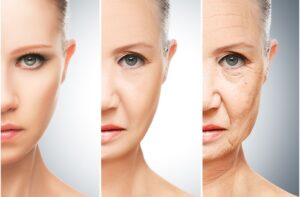
Whether your institution is an urgent care centre, a specialty clinic, a non-profit organisation, or a hospital, you take every measure to ensure the safety and health of your patients. The hospital cleaning in Edmonton, AB are of superior quality and environmental friendliness, backed by years of expertise and specific training. Every day, medical institutions treat scores of patients, including those with allergies, asthma, or other breathing problems. They should not be exposed to the odour of strong cleaning agents.
Why is it important to maintain hygiene?
One of the most important markers of patient satisfaction is the patient’s assessment of the cleanliness of medical facilities. In addition to aesthetics and patient happiness, maintaining the hygiene and cleanliness of healthcare facilities minimises the occurrence of hospital-acquired infections (HAI). Maintaining a hospital’s cleanliness involves the active involvement of all hospital workers, patients, and visitors.
Maintaining a health care facility’s cleanliness varies from traditional cleaning. In order to prevent the transmission of infectious organisms between patients, visitors, and hospital personnel, health institutions are expected to maintain the highest level of cleanliness. With poorly maintained structures, overflowing sewers, grazing cattle on the campus, the presence of dogs/cats/rodents inside the hospital and patient care areas, and often filthy /inoperable bathrooms, public health facilities are typically seen as unpleasant and unclean.
Materials used for hospital cleaning
Choosing the appropriate cleaning solution for patient room sanitation might be difficult. Consider both the benefits and downsides of any cleaning chemical. The risk of healthcare-associated illnesses is reduced by rigorous cleaning (HAIs).
Widespread usage of quaternary ammonium compounds in regular cleaning. According to the Centres for Disease Control and Prevention, quaternary is a low-level disinfectant that is effective against the majority of bacteria, enveloped viruses, and certain fungi.
The most often used chlorine disinfectants ishypochlorite. As home bleach, sodium hypochlorite is available commercially. This EPA-approved compound is stable and quick-acting. Bleach, although being regarded as generally harmless, may cause skin and eye discomfort.
Phenolic compounds have existed for quite some time. In the nineteenth century, Sir Joseph Lister employed carbolic acid, a phenol, as an antiseptic during surgery. The antibacterial qualities of phenol derivatives have increased throughout time.
Rapidly acting disinfectants are peracetic acid formulations. To sanitise medical tools and disinfect hemodialyzers, hospitals used Peracetic acid in automated machinery.
Accelerated Hydrogen Peroxide (AHP) is a relatively new advancement in hospital disinfectants. The lowest EPA toxicity category for these substances is IV, making them safe for cleaning employees and the environment.






